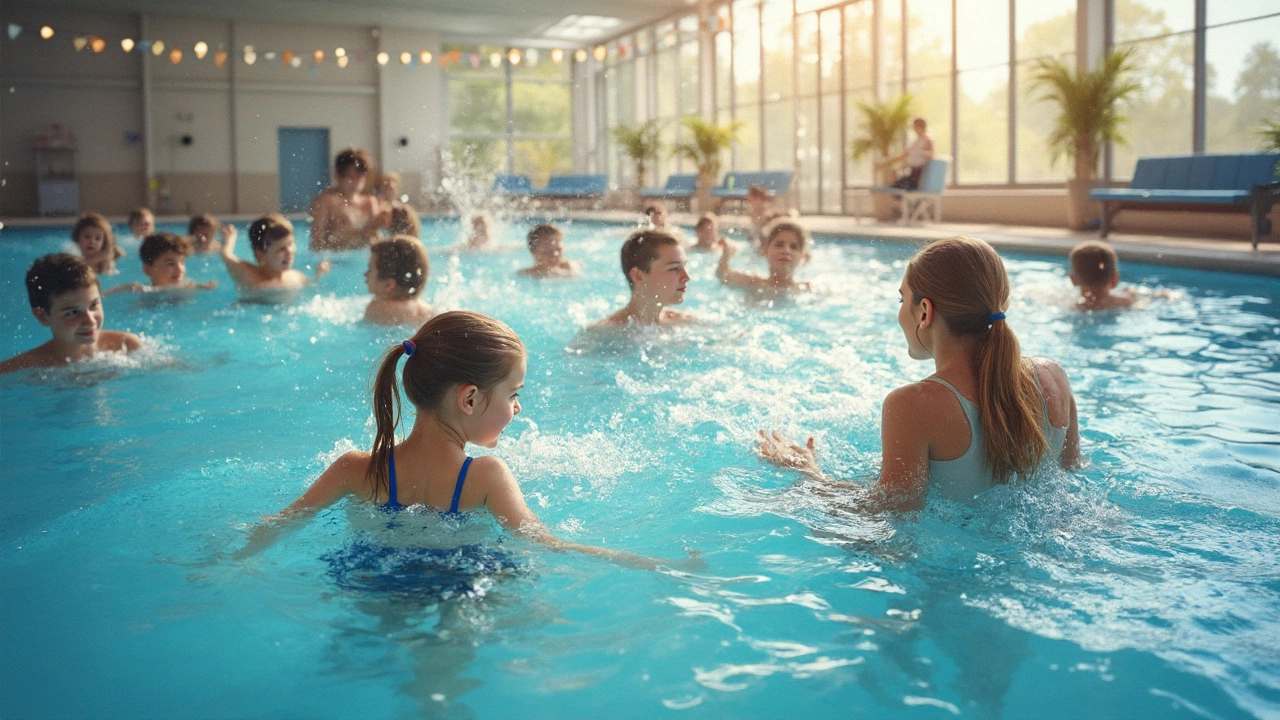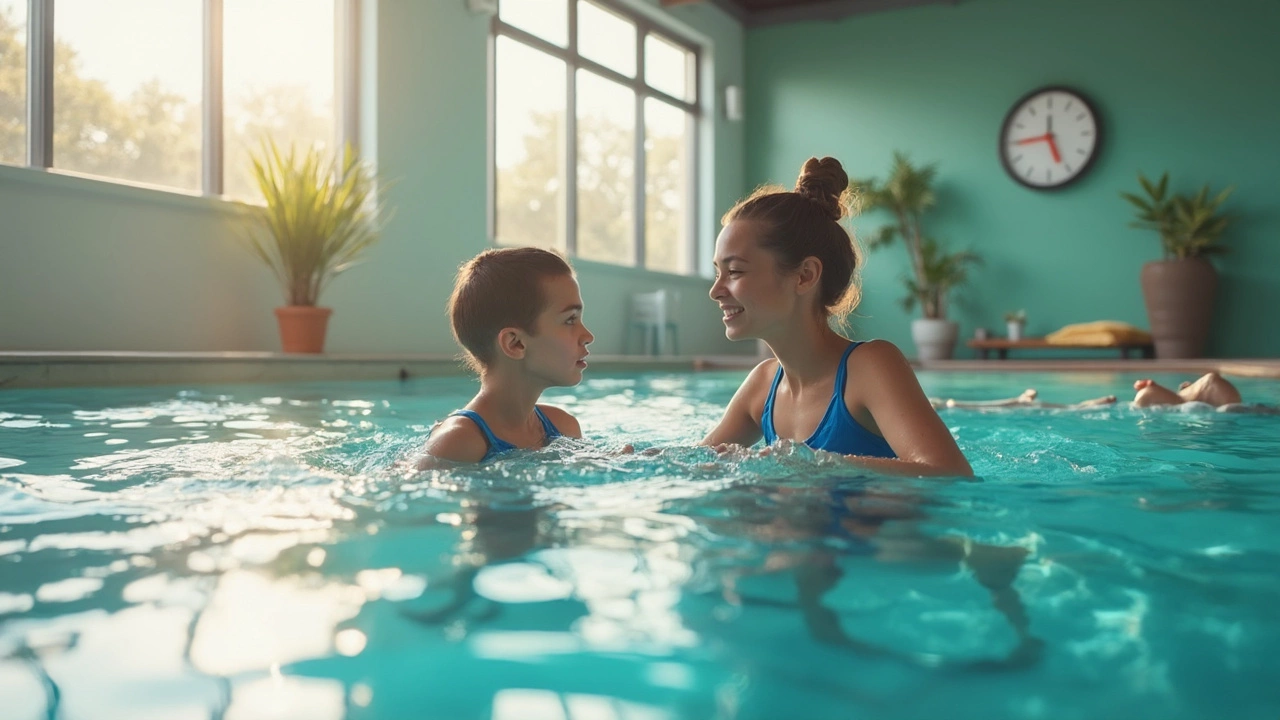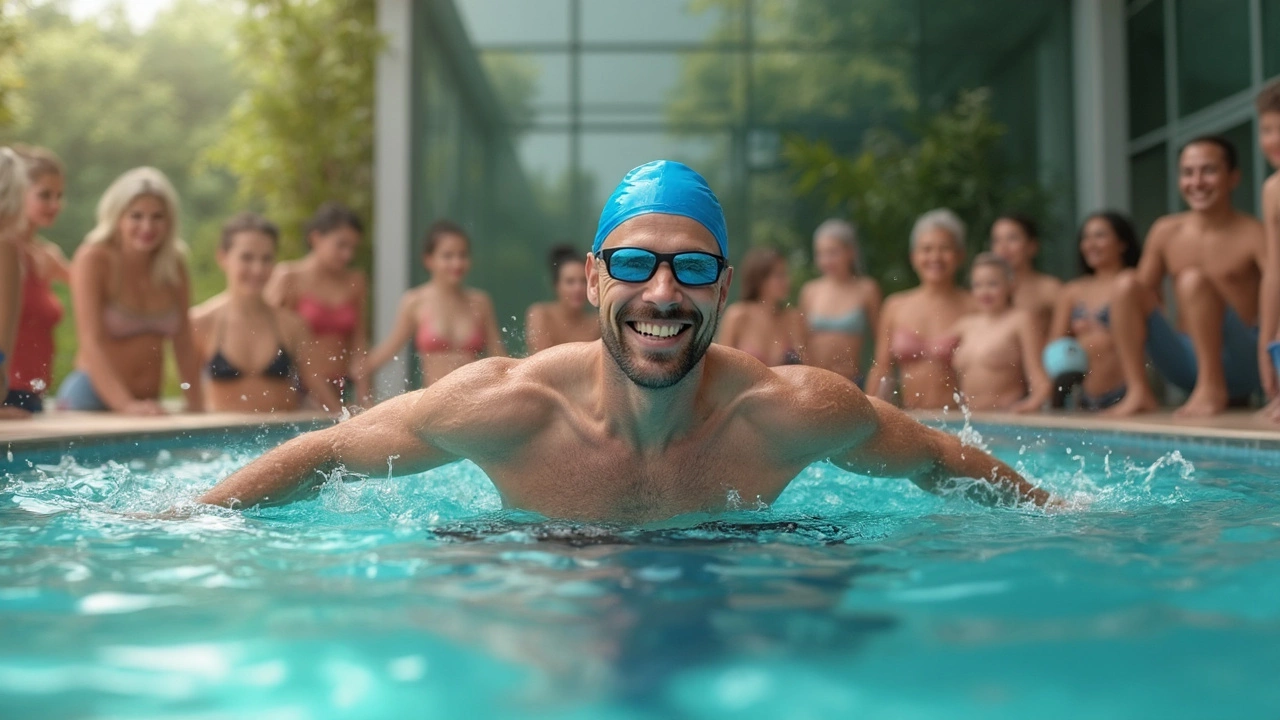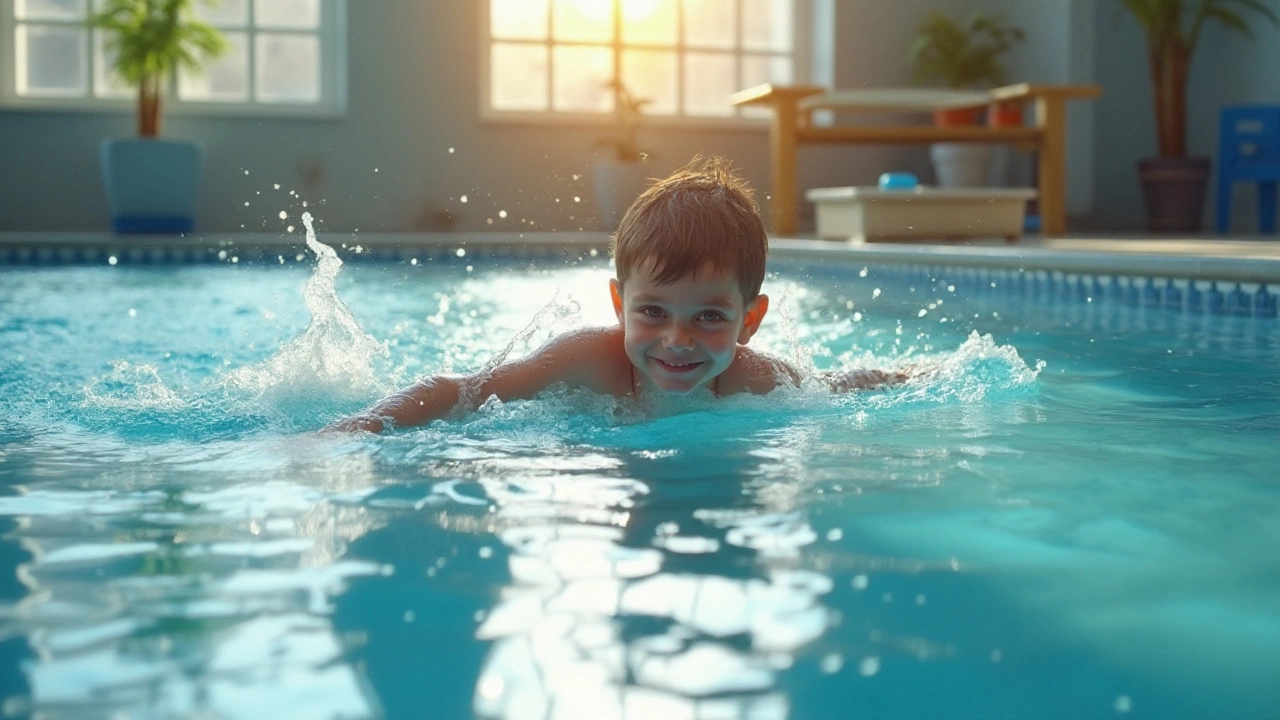
Swimming Guides for Every Level
Whether you’re planning your first splash or polishing a stroke for a competition, the right info makes all the difference. At Official KD Sports Hub we break down the most common questions about swimming into simple, usable answers. No jargon, just the facts you need to feel confident in the pool.
Getting Started: Who Should Swim and When?
Parents often wonder: "When is the right time to enroll my kid in lessons?" The answer isn’t one‑size‑fits‑all, but health bodies agree that babies can begin water familiarisation as early as six months, while formal lessons usually start at age three or four. If your child shows comfort with water – blowing bubbles, kicking, or splashing voluntarily – they’re ready for the next step.
Adults think it’s too late to learn, but many start in their 30s, 40s, or even later. The biggest factor is confidence, not age. A relaxed mindset and a willingness to practice regularly will get you moving faster than any calendar.
Making Progress: How Often and What to Practice
How many days a week should you hit the pool? For beginners, two to three sessions of 30‑45 minutes each give a solid rhythm without burning out. Consistency beats marathon sessions; the brain and muscles need time to absorb new movements.
During each visit, focus on one skill – breathing, kicking, or arm pull – rather than trying to master everything at once. Pair a short warm‑up with a drill, then finish with a relaxed swim. This structure keeps lessons productive and enjoyable.
Choosing a first stroke matters, too. The freestyle (front crawl) is the easiest to learn and the most versatile. If you’re hesitant, start with the doggy paddle or backstroke to build confidence before moving on to the more coordinated freestyle. Once you feel steady, add the breaststroke or butterfly as you progress.
For adults questioning “how long does it take to learn?” expect anywhere from a few weeks to several months, depending on fitness, comfort level, and practice frequency. Setting realistic milestones – like swimming a length without stopping – keeps motivation high.
Finally, safety always comes first. Never swim alone, keep a lifeguard on duty when possible, and learn basic rescue techniques. These habits protect you and make every swim session more relaxed.
Ready to start? Browse our articles on the best age for lessons, how many days to practice, and beginner technique guides. With the right plan, you’ll move from splashing to swimming in no time.


How Many Days a Week Should You Learn to Swim?

How Often Should a Beginner Swim: A Practical Guide

How Long Does It Take to Learn Swimming as an Adult?
